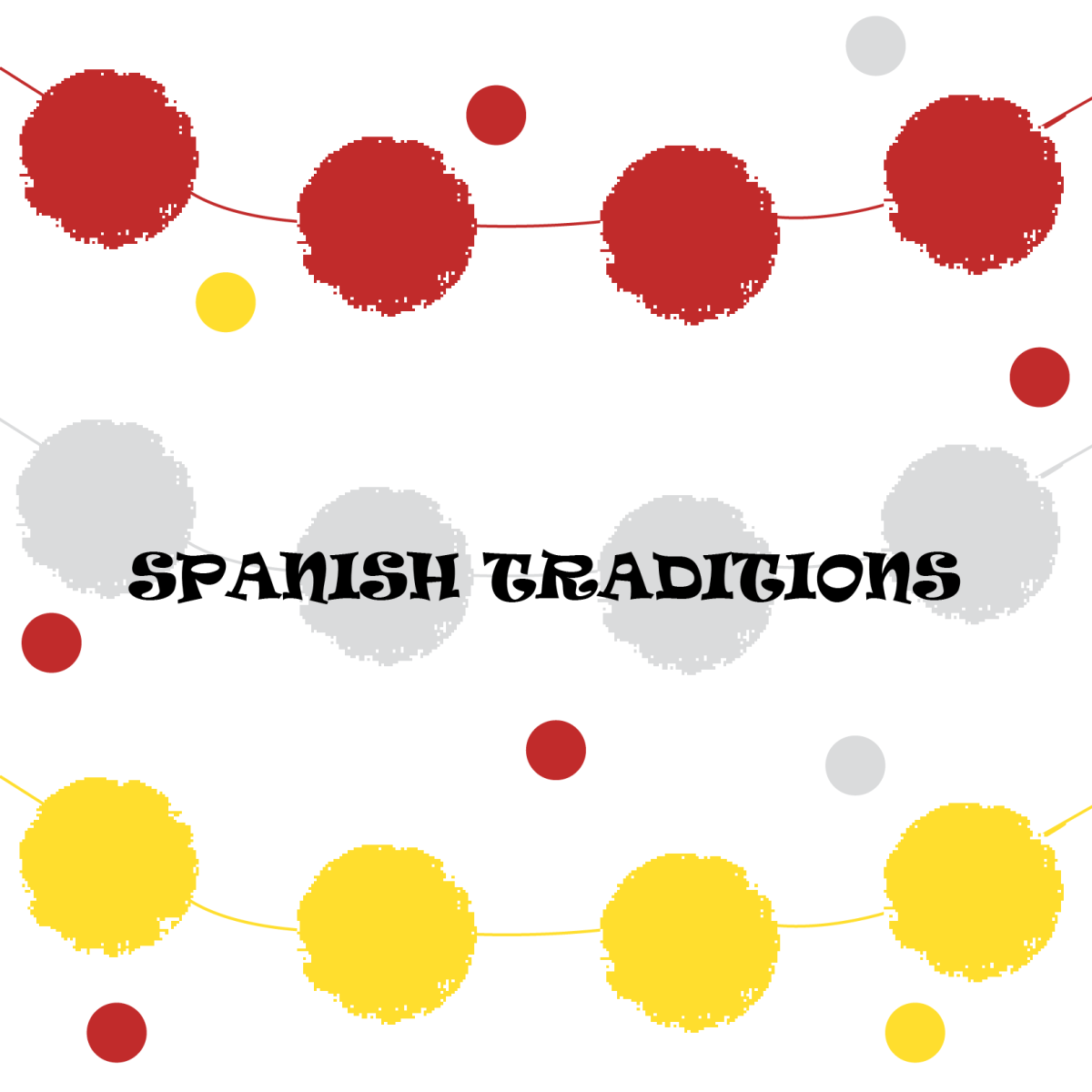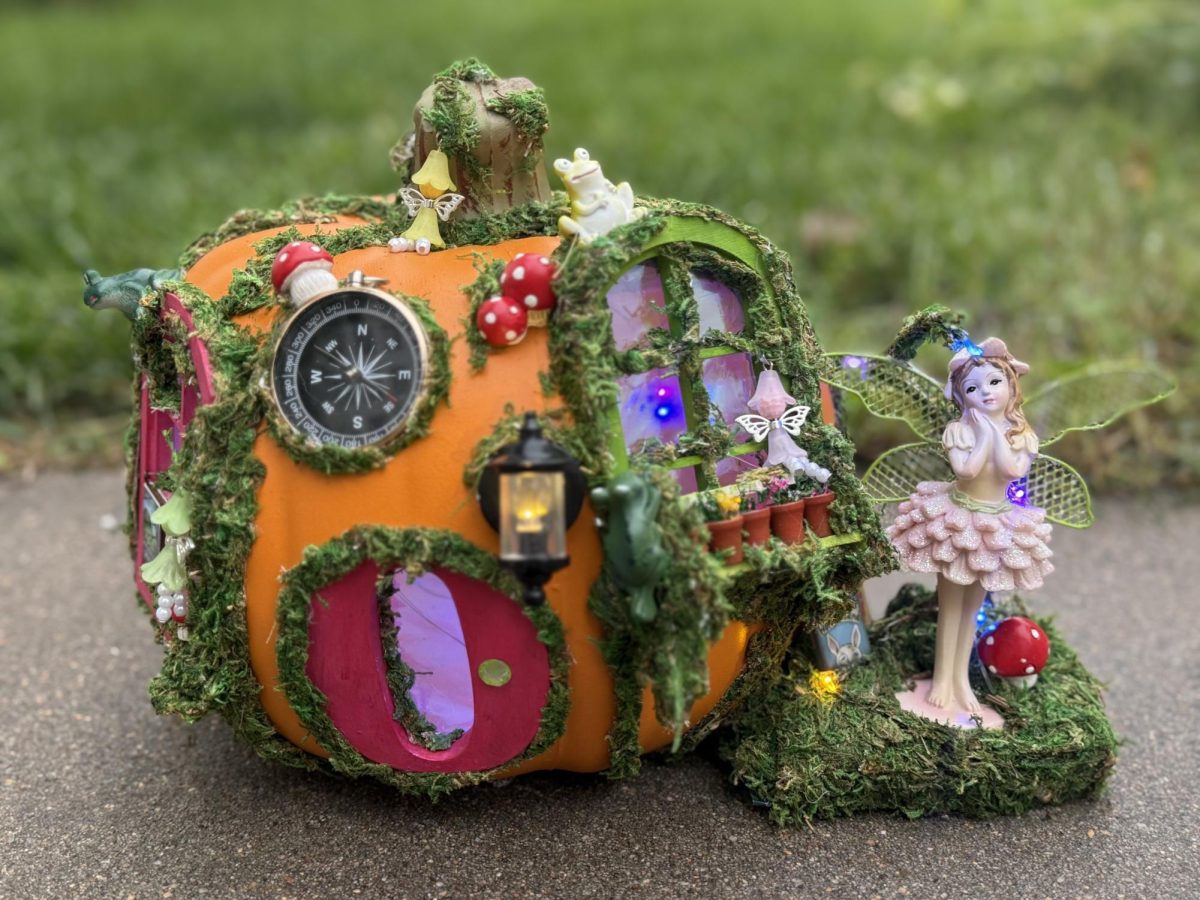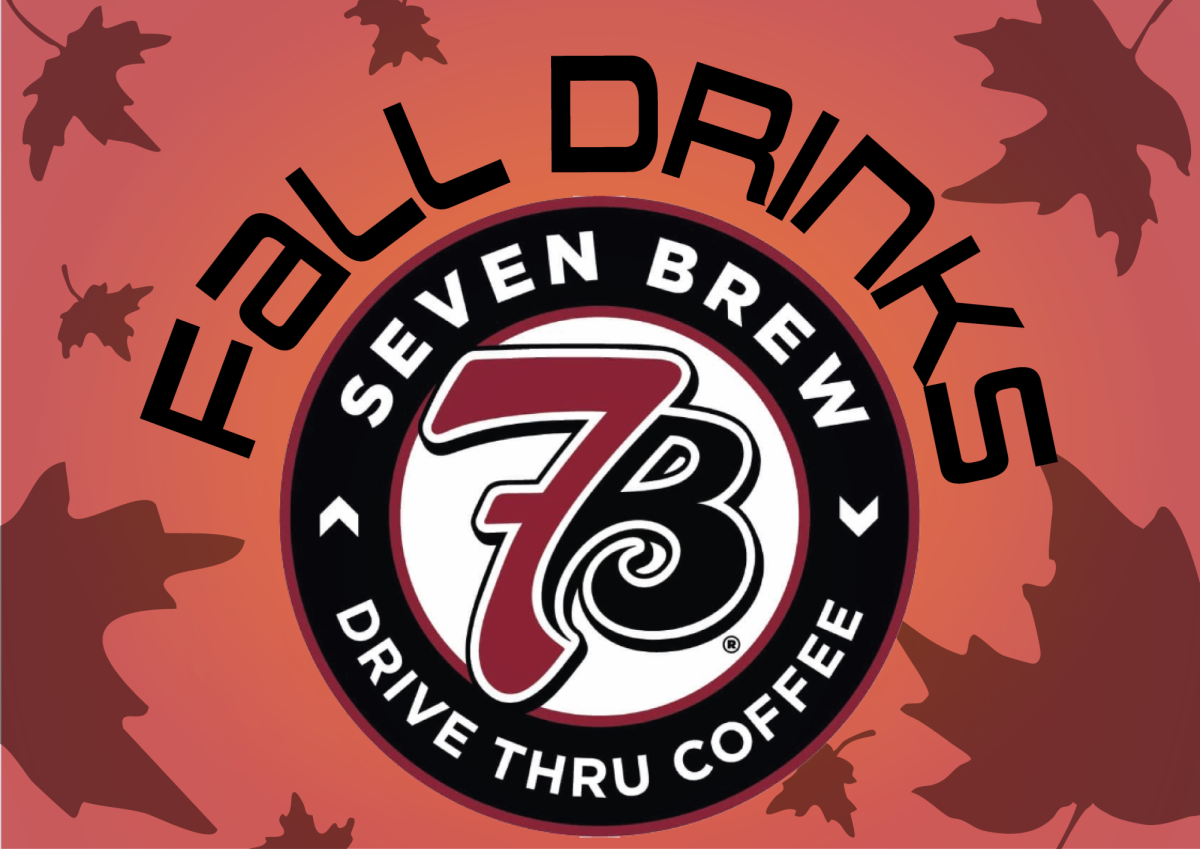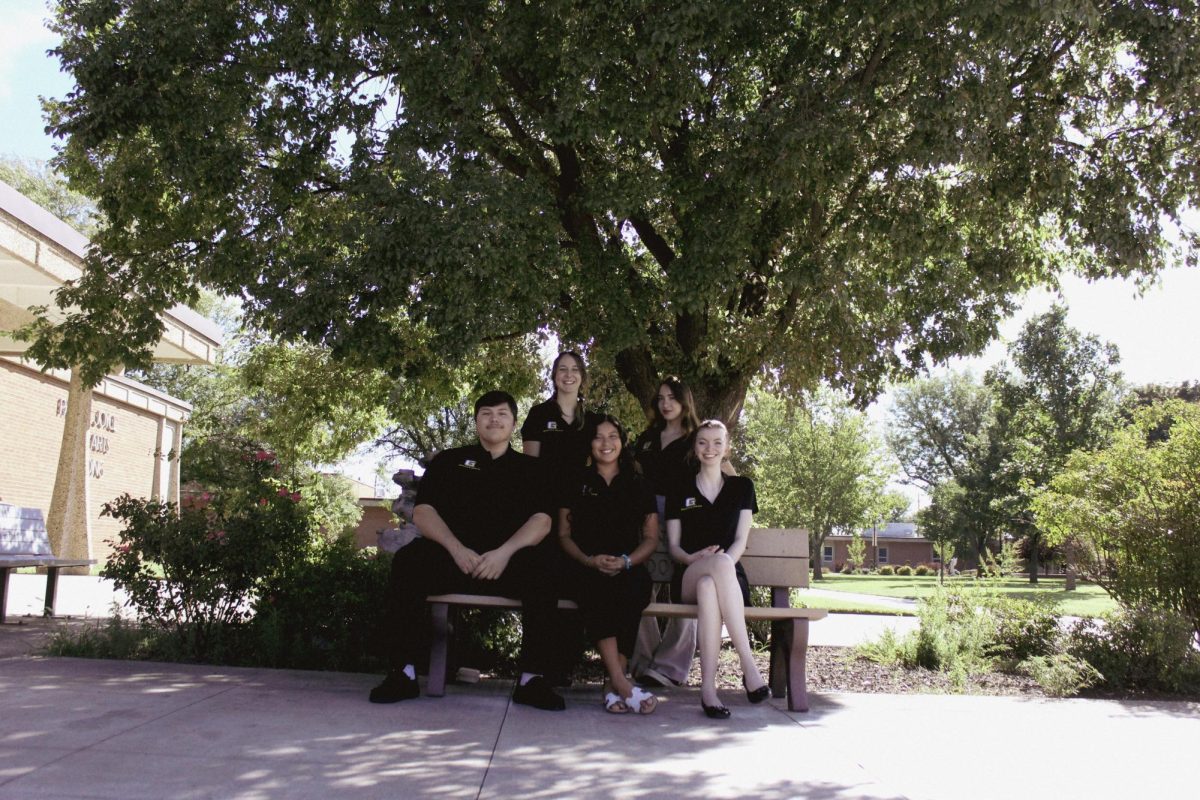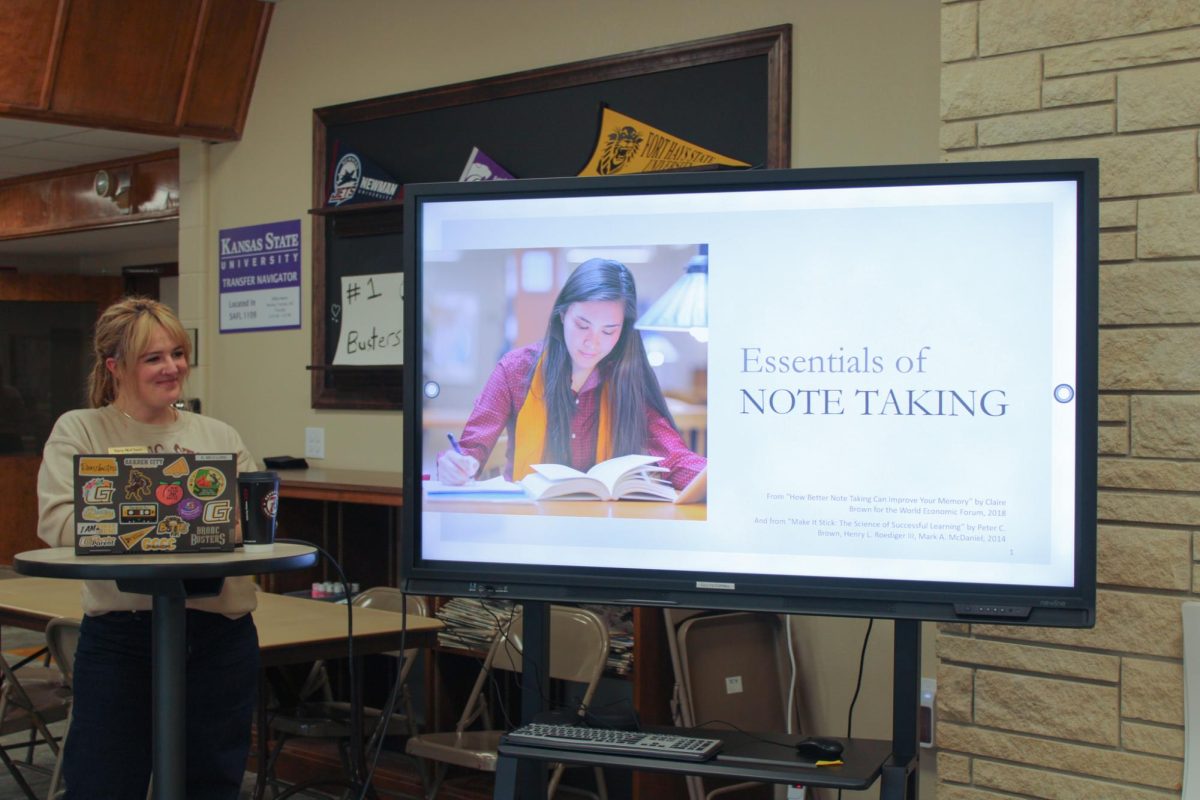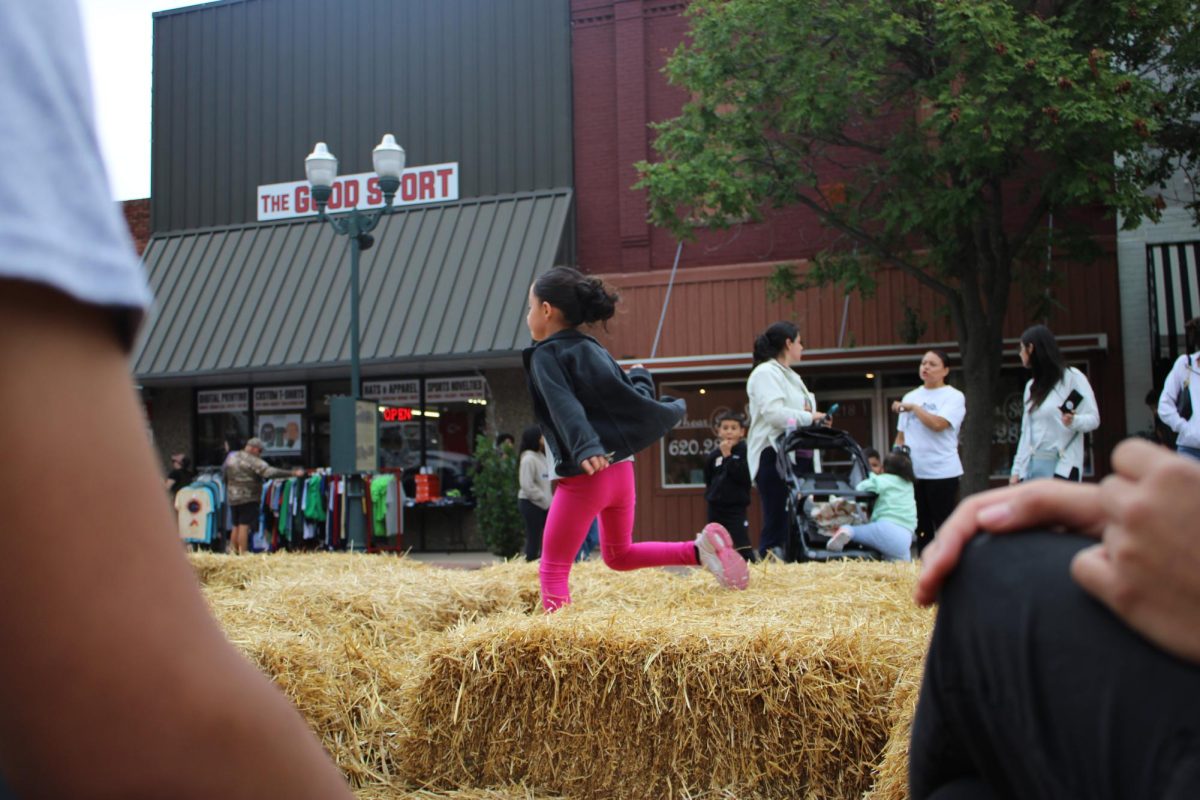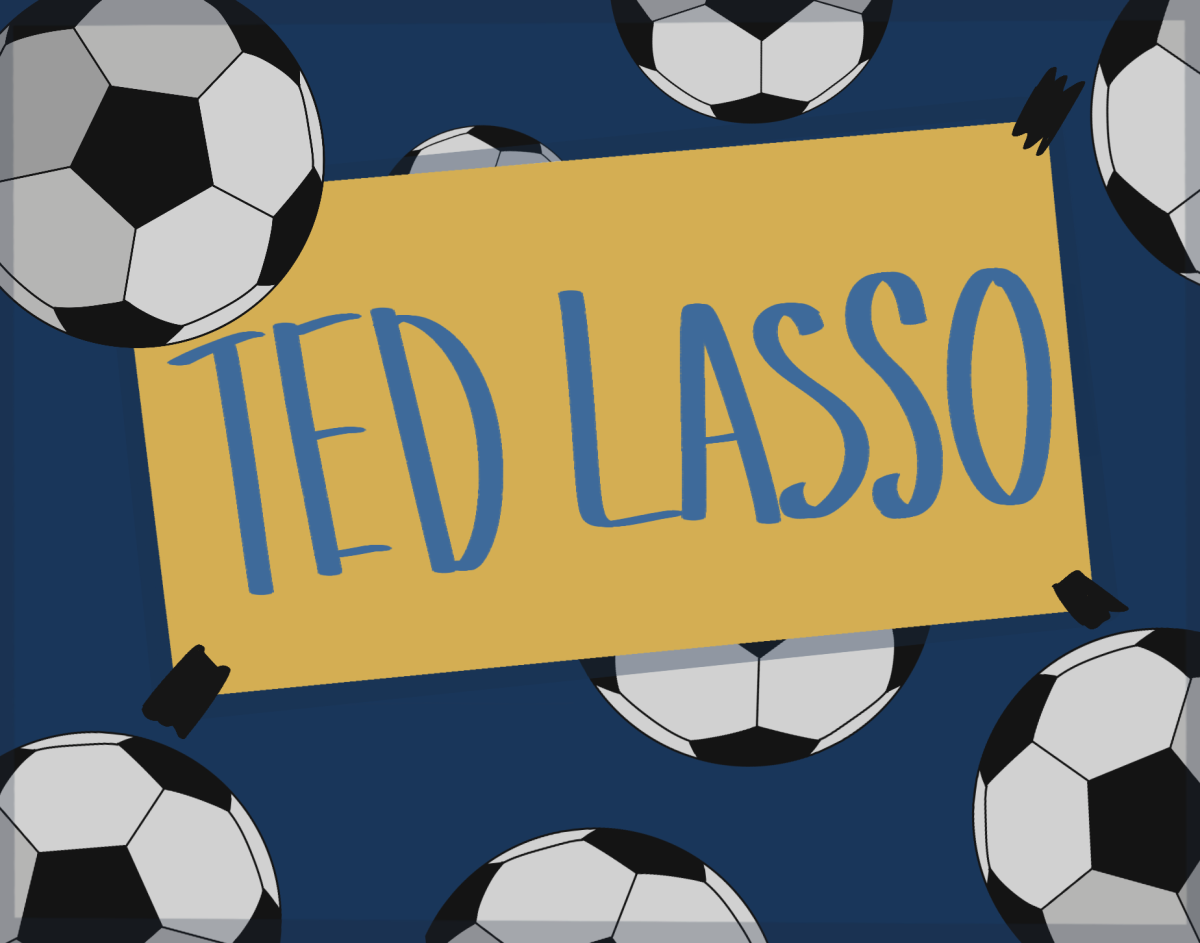“Truco o trato,” that’s how you say trick or treat in Spain. The truth is that it is not repeated as many times as in America. There are all kinds of differences between Europe and the United States although Halloween is becoming more popular every year on the other side of the Atlantic, the more traditional folks still do not want to wear costumes.
In Spain, many people prefer “el magosto,” or as many others know it, “la castañada.” From a young age, people are taught this tradition in school, which basically consists of eating chestnuts roasted over a fire and making sweets with their hands. But not sweets like candy, sweets made with pine nuts. Although at first glance it may seem simple and boring but it is not. Well, only if one must sing while doing so.
When people are taught about the tradition, they are told that its origin dates back to a pagan festival celebrating the end of the summer harvest but the interesting thing is the other reason: the following day (All Saints’ Day for the religious), Día de Muertos for Americans. Some say that the origin of the Castañada is due to the monks in the bell towers. It turns out that they stayed up all night ringing the bells to announce the arrival of their ancestors. One may ask what they ate that night. Well of course it was chestnuts roasted on the fire to keep them warm and sweets to keep them awake.
Although Halloween appeals more to children in Europe, there are people who refuse to give out candy or chocolate and the only thing one may get if they are to open the door are chestnuts and “panellets.”
So, be warned: if you’re walking around cities like Barcelona at this time of year and you see people handing out food in the street, don’t be afraid to try it. You’ll like it, and you’ll be keeping the tradition alive.


